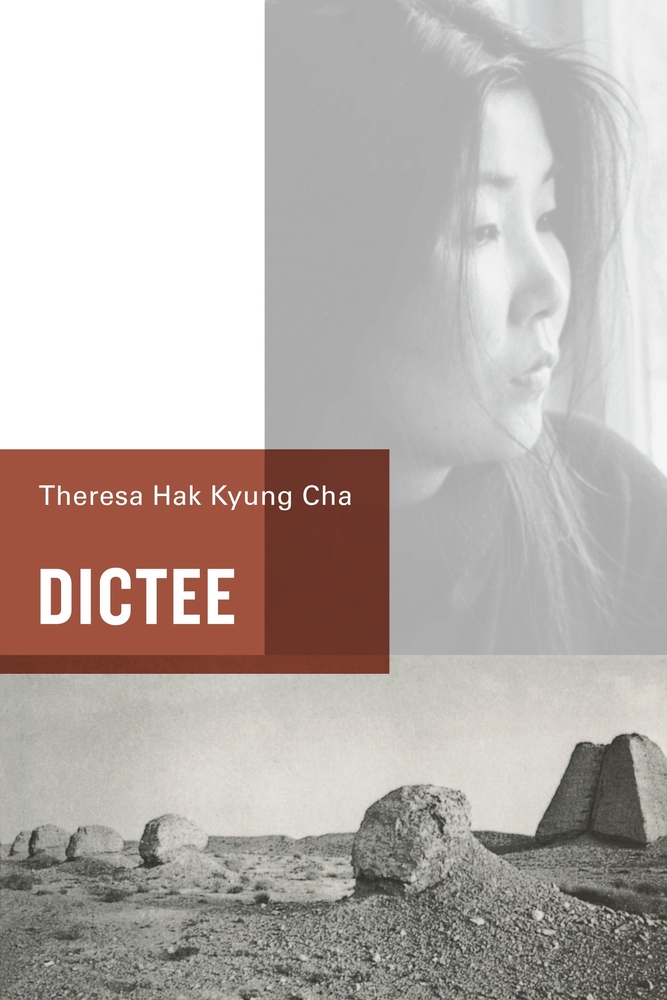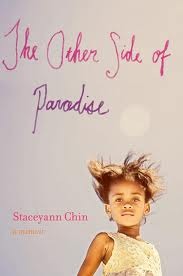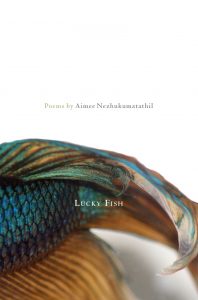This course seeks to expand the conventional understanding of Asian American narrative storytelling beyond literature and poetry. Particularly, it engages with new forms and mediums afforded by the modern era that blur the line between traditional forms. The seminal text in this section, Dictee, is a postmodern work demanding complex analysis and secondary sources. This section also explores spoken word poetry as a unique vehicle for Asian American narrative expression. The central themes in this section include fragmented identity, gender, sexual assault, queerness, imperialism, language, and family.
Suggested Readings
- Hybrid Storytelling
- Prose Poetry
- Dictee by Theresa Hak-Kyung Cha
- Analysis
- “Embodying the In-Between: Theresa Hak-Kyung Cha’s Dictee” by Hyo Kim
- Spoken Word
- “Love” , “Asian Invasion” by Beau Sia
- “Ice Cream Man” by Paul Tran
- “Witch Hunt” by Arati Warrier
- Prose Poetry
Discussion Questions
In groups, discuss the following questions as they pertain to the readings:
- How does Cha communicate broken identity through poetic and literary devices?
- How does Cha utilize the distances between author, speaker, and reader to represent the concept of brokenness?
- What speaker do you construct as you read different parts of Dictee? Is there a consistent narrator/speaker, or does Cha use various speakers at different moments?
- How does Cha blur the line between poetry and prose? What effect does this have on the reader?
- What effect does Beau Sia’s performance of “Love” and “Asian Invasion” have on the words being performed?
- What relationship does Paul Tran draw between diaspora and trauma? How does he connect abuse to gender through his performance?
- How does Arati Warrier trace the homophobia experienced by the speaker to South Asian history? What effect does this have on the audience?
Essay Questions
- Select Dictee along with one of the spoken word poems, and examine how hybridity augments the narrative of the two stories. How does the author bend the form to the content of the work?
- Each of the authors explore intersections of Asian American identity, including gender, sexuality, and ability. How do the authors communicate these intersections?



